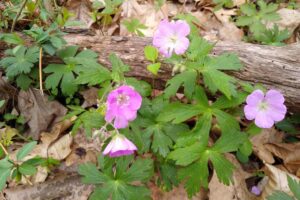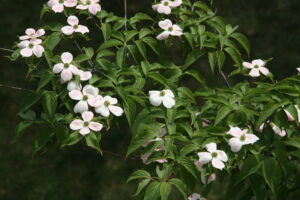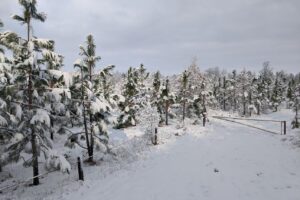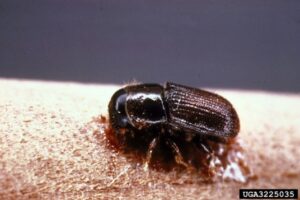Field Notes: Good Green, Bad Green
April 7, 2020 - By Ellen Powell, Conservation Educator The calendar and the plants agree – spring has arrived in central Virginia! Patches of green among the leaf litter mean spring wildflowers are making their annual appearance. Often called “ephemerals,” for their short-lived bloom time, those in flower this week include pennywort (Obolaria virginica), star chickweed (Stellaria pubera) and wild geranium (Geranium maculatum). Unfortunately, the shrub layer of many hardwood forests reveals a “dark... Read More




